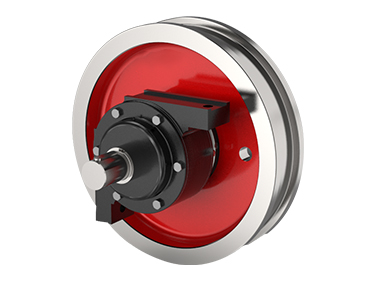When
buying an electric hoist, you need to consider factors such as performance, safety, and environmental adaptability. The following are key points to note:
1. Clarify the required parameters
(1) Electric hoist load capacity: Select according to the maximum lifting weight (such as 0.5 tons to 100 tons), and reserve a 10% to 20% safety margin.
(2) Electric hoist lifting height: Confirm whether the length of the wire rope/chain meets the operating height (such as 3 meters to 30 meters).
(3) Working level:
Light load (such as M3 level, intermittent use) is suitable for warehouses;
Heavy load (such as M6 level, frequent use) is suitable for production lines or construction sites.
Power supply: Common 380V industrial power or 220V civil power, special voltage is required for explosion-proof occasions.
2. Core configuration selection
(1)
Electric hoist motor type:
Ordinary motor (conventional environment);
Explosion-proof motor (petrochemical, dust environment);
Variable frequency motor (occasions requiring precise speed regulation, such as precision assembly).
(2)
Electric hoist wire rope vs. electric hoist chain:
Wire rope (quiet, smooth, suitable for high-frequency use);
Chain (high temperature resistance, wear resistance, suitable for metallurgy/casting).
(3) Protection level:
IP54 (dustproof and splashproof, suitable for indoor use);
IP65 (outdoor or humid environment).
3. Safety function
(1) Necessary devices:
Overload protection (automatically cuts off the power supply);
Limit switch (prevents collision or falling);
Emergency stop button.
(2) Additional safety options:
Dual braking system (redundant protection);
Phase protection (prevents power failure and motor damage).
4. Installation and use environment
(1) Track adaptation:
I-beam track (common standard);
Customized track (special span or load-bearing requirements).
(2) Electric hoist environmental adaptability:
High temperature environment (select heat-resistant motor + high temperature chain);
Corrosive environment (stainless steel material or coating treatment);
Explosion-proof certification (Ex dⅡBT4, etc., used in flammable and explosive places).

